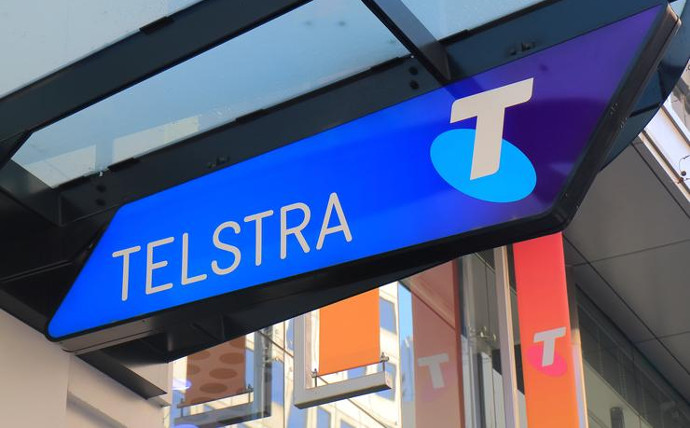A comparative assessment of digital transformation in Italy
D’Accolti outlined his action plan followed by initiatives to implement in preparation for the Jubilee.

D’Accolti outlined his action plan followed by initiatives to implement in preparation for the Jubilee. He then moved to the technology procurement part, in accordance with the new Procurement Code on the Consip platform, which allows projects to proceed quickly in accordance with principles of a transparent, sustainable, and digital public administration. From there, the actual digitization project can be implemented.
“We started with an evolution of the CRM to manage the citizen relationship, and the various requests and reports: those who come into contact with the AMA must be recognized on any channel and receive consistent answers in a multichannel perspective,” he says. “Plus, we’re building a digital twin of Rome so the situation of our assets on the ground — namely the 600,000 waste bins — can be updated in real time based on alerts. Therefore, we can directly alert our colleagues on their smartphones for possible interventions. Finally, the flow of AMA reports and activities generates a lot of data for the SAP system, and to be more effective, we’ll start managing it with data and business intelligence.”
In fact, AMA collects a huge amount of structured and unstructured data from bins, collection vehicles, facilities, and user reports, and until now, this data has remained disconnected, managed by disparate systems and interfaces, through Excel spreadsheets. So the digital transformation involves gradually moving to the new data platform to collect and aggregate data from the data lake with business Information modelling systems, and then putting it on dashboards and performing analysis with business intelligence.
“The goal is to correlate all types of data that affect assets and bring it all into the digital twin to take timely action,” says D’Accolti.
IT as a business partner is the vision that Roero has brought to Molteni to implement a complete digital transformation that includes a change in corporate culture.
“The CIO has to add value to the business; he isn’t just the IT manager, managing servers and networks and associated costs,” Roero says. “The CIO is an information and innovation officer, driving implementations that have direct value for business growth. His strategic contribution means, for example, creating and facilitating process efficiencies, and new lines of business and revenue streams.










